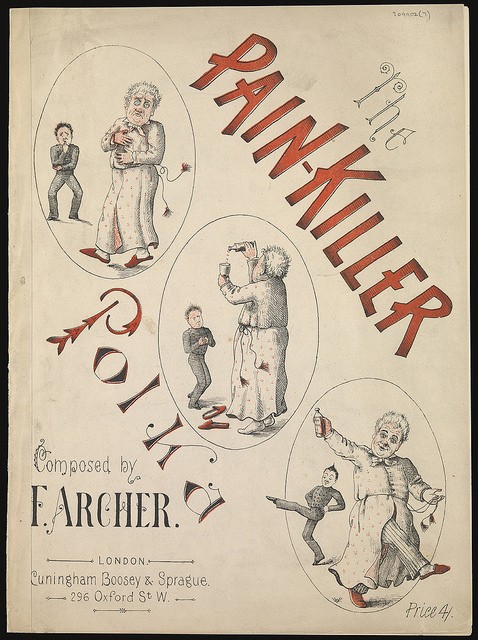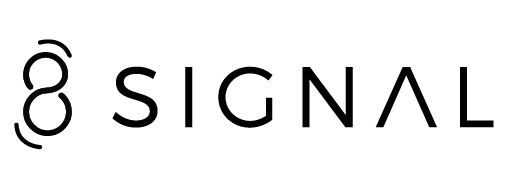Elevator pitches will always be a staple in the business world. We can change the name, get rid of the elevator, avoid the awkward ice breakers, but those “What’s your name? Who are you? What do you do?” questions are inevitable. When we get back to basics there are three simple rules to an elevator pitch:
- It’s short.
- Your skills or the ways you could benefit a potential employer are clear.
- There is an objective to it, a goal or an “ask.”
Everything else is up to you.
El Paso isn’t the home of many skyscrapers — the tallest building in the city is 21 floors high — but that doesn’t mean there are no elevator pitches. I’ve gone through a couple mini-elevator pitches myself. Think of ads as your mini-elevator pitches. They need to be concise, they need to contain a unique selling proposition that’s clear and provides a solution, and they need a call to action.
I haven’t always been able to write great copy; I feel like I learn something new every day! So recently, I started reading a whole bunch of writing blogs to try to improve my skill in crafting captivating messages.
I stumbled upon one simple copywriting trick that really appealed to me — the PAS formula — and I wanted to share it with you in the hope that you can use it to develop your “elevator pitch.”
The PAS formula
You should think of the PAS formula as the foundation of your copy. It has three distinct parts to it, which, if followed correctly, will make it really easy to write an ad that compels your readers to take action.
Problem: You need to start by identifying the customers’ problem and make sure it’s clear and concise. During this first part of the formula your customers will identify the problem or need in their own lives.
Agitate: Next, play up an emotional aspect about the problem. You have to help your reader see how the problem relates to something they care about.
Think about those tacky infomercial lines like: “Don’t you hate it when …” and “It seems like every so-called ‘solution’ isn’t a solution at all.” Just don’t overdo it like they do.
The key to success in the second part of the formula is really understanding what matters to your readers, getting in their shoes, and clearly showing how the problem relates to something they care about.
Solve: Finally, you bring it home by presenting the solution, which is usually the product or service you’re advertising, though it can be many things. It will ultimately depend on the point of your content.
That’s the beauty of this formula: its simplicity. It has endless applications. Check the PAS formula in action with this example:
 “Is the click-through rate of your online campaigns lower than you’d like?” (Identify a problem by asking a few questions or sharing a short, illustrative story).
“Is the click-through rate of your online campaigns lower than you’d like?” (Identify a problem by asking a few questions or sharing a short, illustrative story).- “Oh, psssht, what am I even saying? Every respected marketer wants to raise their CTR. More clicks means more traffic, and more traffic means more revenue.” You stir the pot a little, if you will.
- “You can narrow down your target to reach the people who will actually click on your ad to increase your traffic, conversions, and generate more revenue. Hey there, I’m — ” There it is, the solution 😉
Irresistible offers
To stand out from the rest, you need to craft a compelling message, an irresistible offer that will grab the attention of your target market. Once you’ve captured their attention, the goal of your message is to compel them to respond.
As a business, being able to concisely convey what problem you solve is a real art. You need to make your audience an offer they simply cannot resist. In a previous post I told you about irresistible offers and what exactly makes them irresistable. These are five components:
- The outcome of the offer is stated crystal clear
- The offer satisfies your customers’ needs and wants
- The perceived value of your offer outweighs the cost
- The offer is targeted to your ideal customer
- The offer guarantees results
Learn more about irresistible ideas and their components here.
Create an irresistible offer
Here are some of the elements of a compelling message:
Value: What is the most valuable thing you could do for your customer? This really is the essence of your offer.
Language: Speak to your audience. Learn the language and jargon used within your target market. You wouldn’t use the same message to sell BMX bikes and Tandems.
Guarantee: You need to provide a guarantee that will totally absorb the risk your target market might feel when doing business with you.
These are just three, but there are many more ways to create an irresistible offer. Make sure you take the time to craft a compelling, well-thought-out offer.
Target the pain
 Think back to that time you got a splitting headache. You might have been looking for the tablet that was going to give you the relief you so badly needed. If you had to go to the pharmacy, would you even worry about the price? Does it pass through your mind to drive and shop around for a specific brand at a possibly lower price? I didn’t think so. If you’re like me you probably picked the first “Maximum Strength-Fastest Relief-Longest Lasting” tablet you saw.
Think back to that time you got a splitting headache. You might have been looking for the tablet that was going to give you the relief you so badly needed. If you had to go to the pharmacy, would you even worry about the price? Does it pass through your mind to drive and shop around for a specific brand at a possibly lower price? I didn’t think so. If you’re like me you probably picked the first “Maximum Strength-Fastest Relief-Longest Lasting” tablet you saw.
The exact same thing is true for your customers and potential customers. Speak to the pain that your clients already have. They want pain relief, the benefits, not the features. Not just the benefits of your product or service, but also those that your business can provide.
Your goal is to be a problem solver, a pain reliever, and turn any comparison with your competition into “apples and oranges,” two very different things.
How to enter the conversation already in your prospect’s mind
We all have a “conversation” going on in our mind, a decision journey, all the time. This conversation is very different in an expecting mother and a teen boy, a fitness junkie and a couch potato. What works for one type of target audience might go over the heads of another audience.
Before you even start writing your ad, you must deeply understand how your target market thinks and talks, the language they use and respond to. What kind of day do they have? What gets them excited and motivated? What are their fears and frustrations?
Emotional direct response copywriting is a powerful tool in your marketing arsenal. But it is part of a process. Research is often the most neglected component of copywriting, but it’s the first step of this process. Research, write, test, and measure, and you’ll be far ahead of 99.9% of your competition.
That’s what 8 Signal is all about: helping you outsmart, rather than outspend, your competition. Give us a call at (915) 585-1919 or fill out our online form to schedule a marketing discovery session with one of our experts. 8 Signal is your marketing department without the overhead.
Photo courtesy of: wellcome images.





